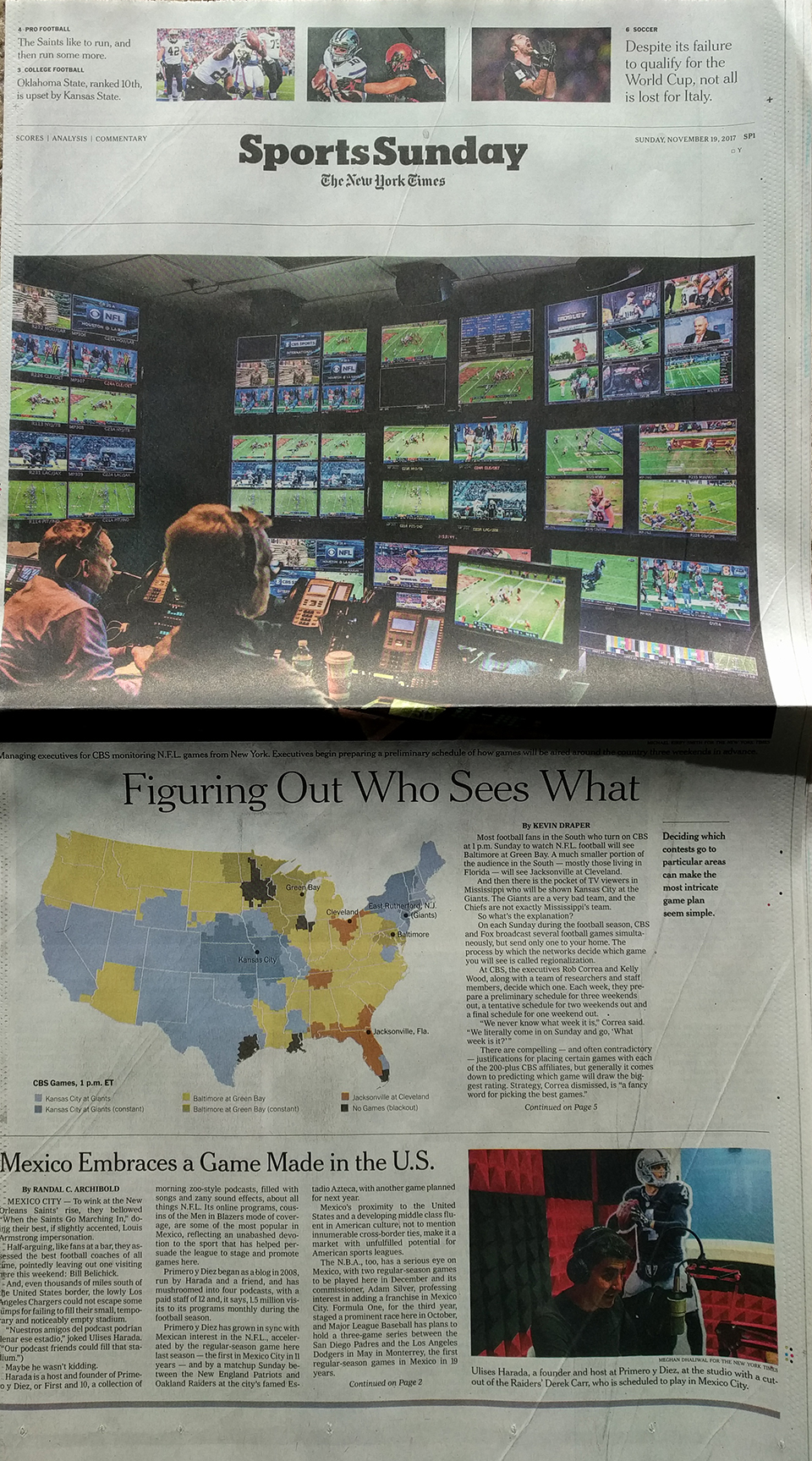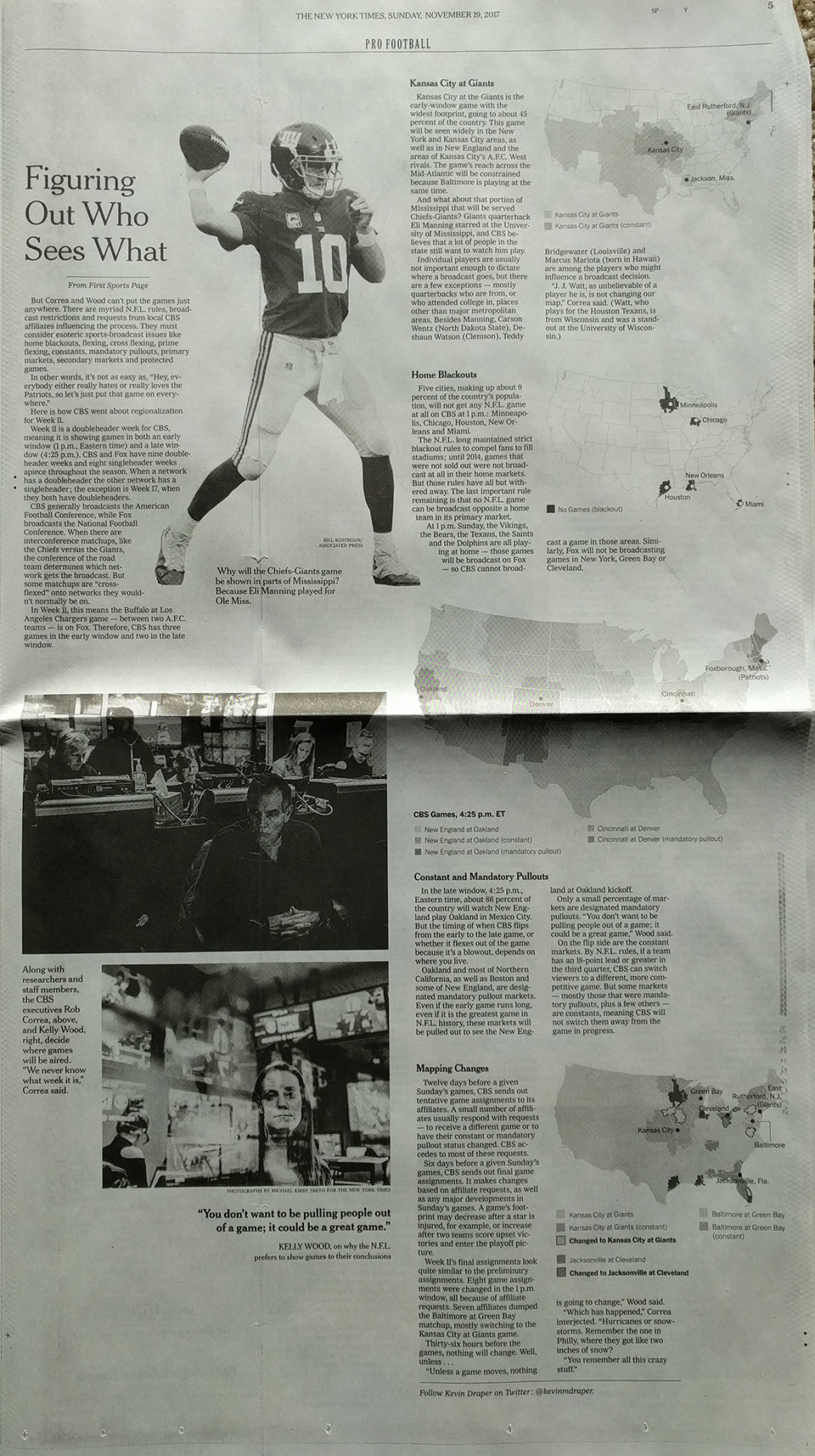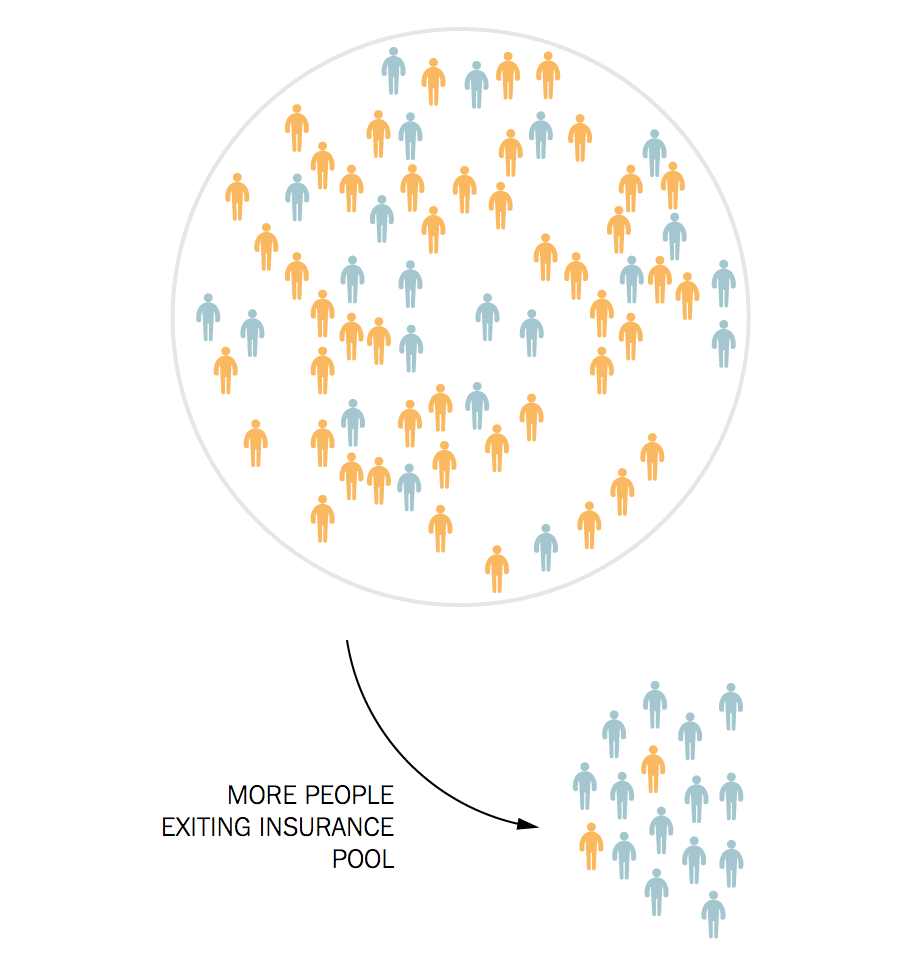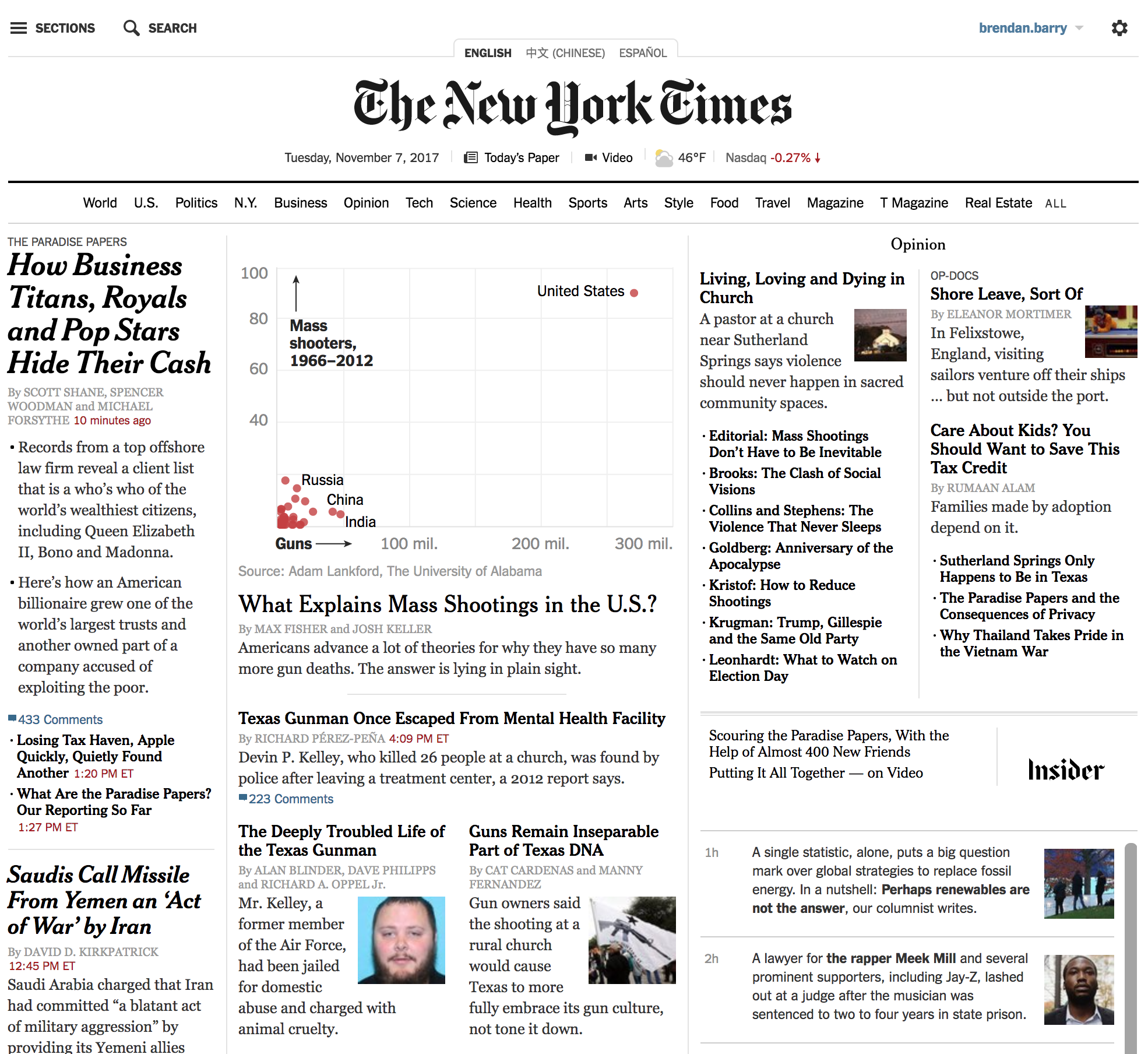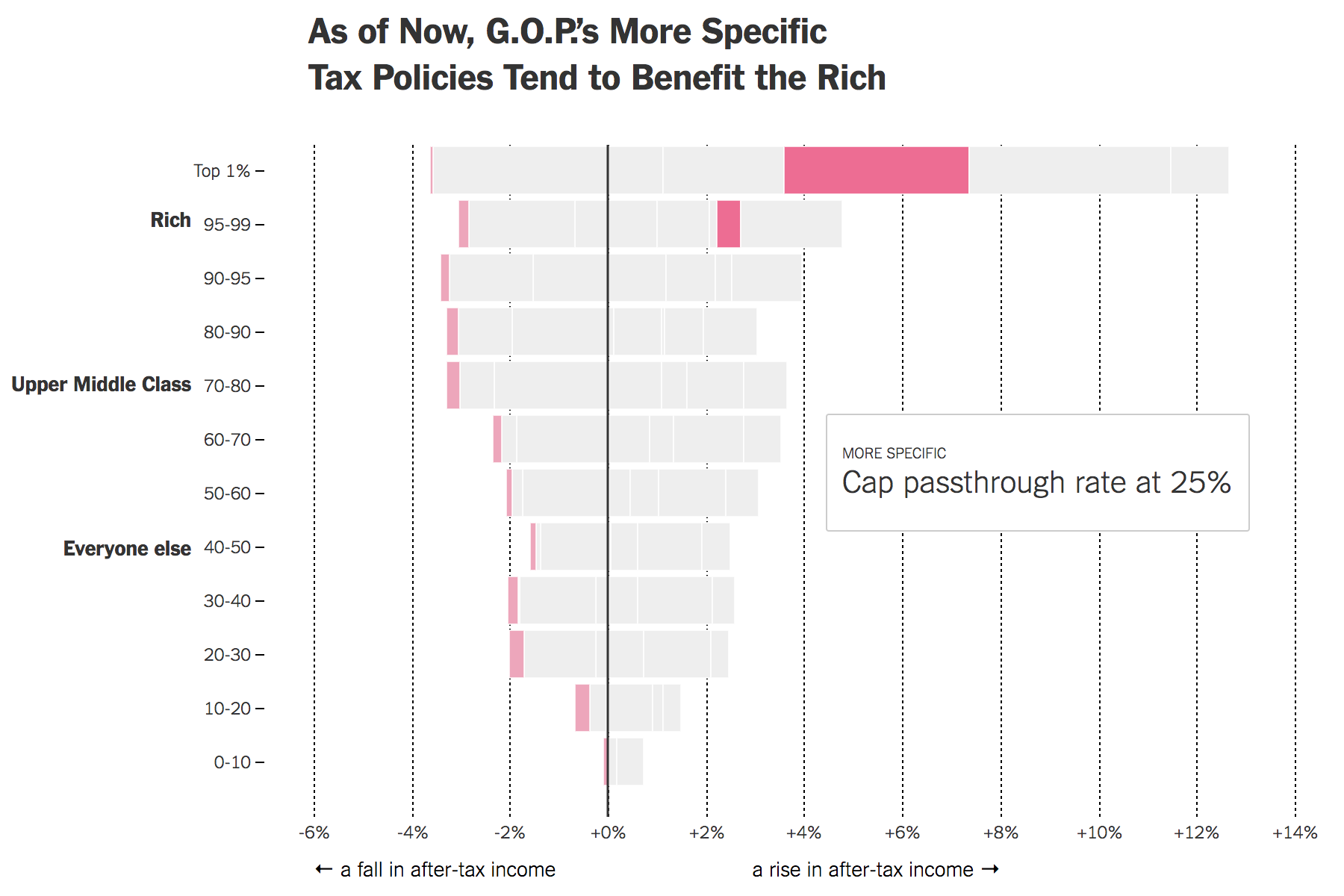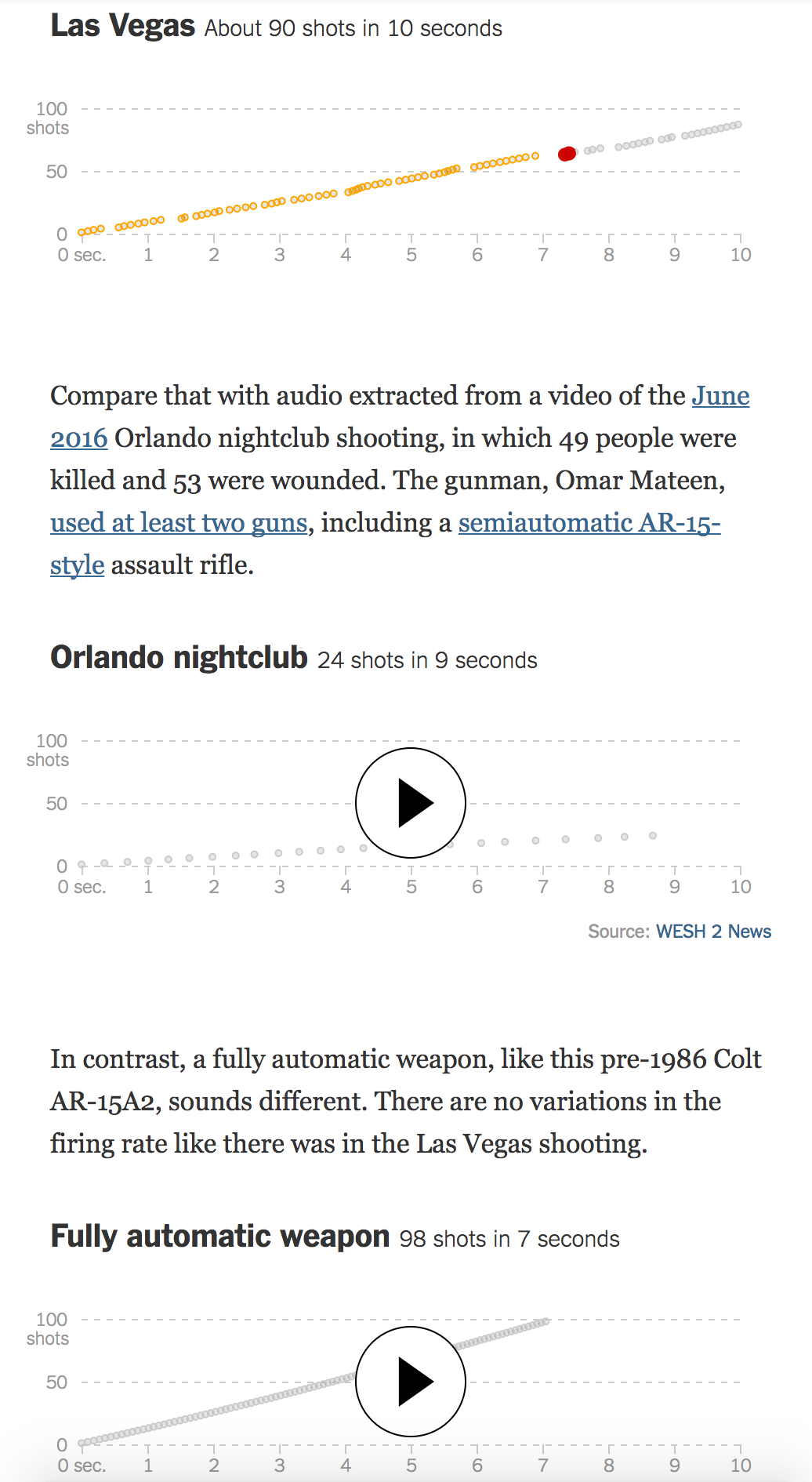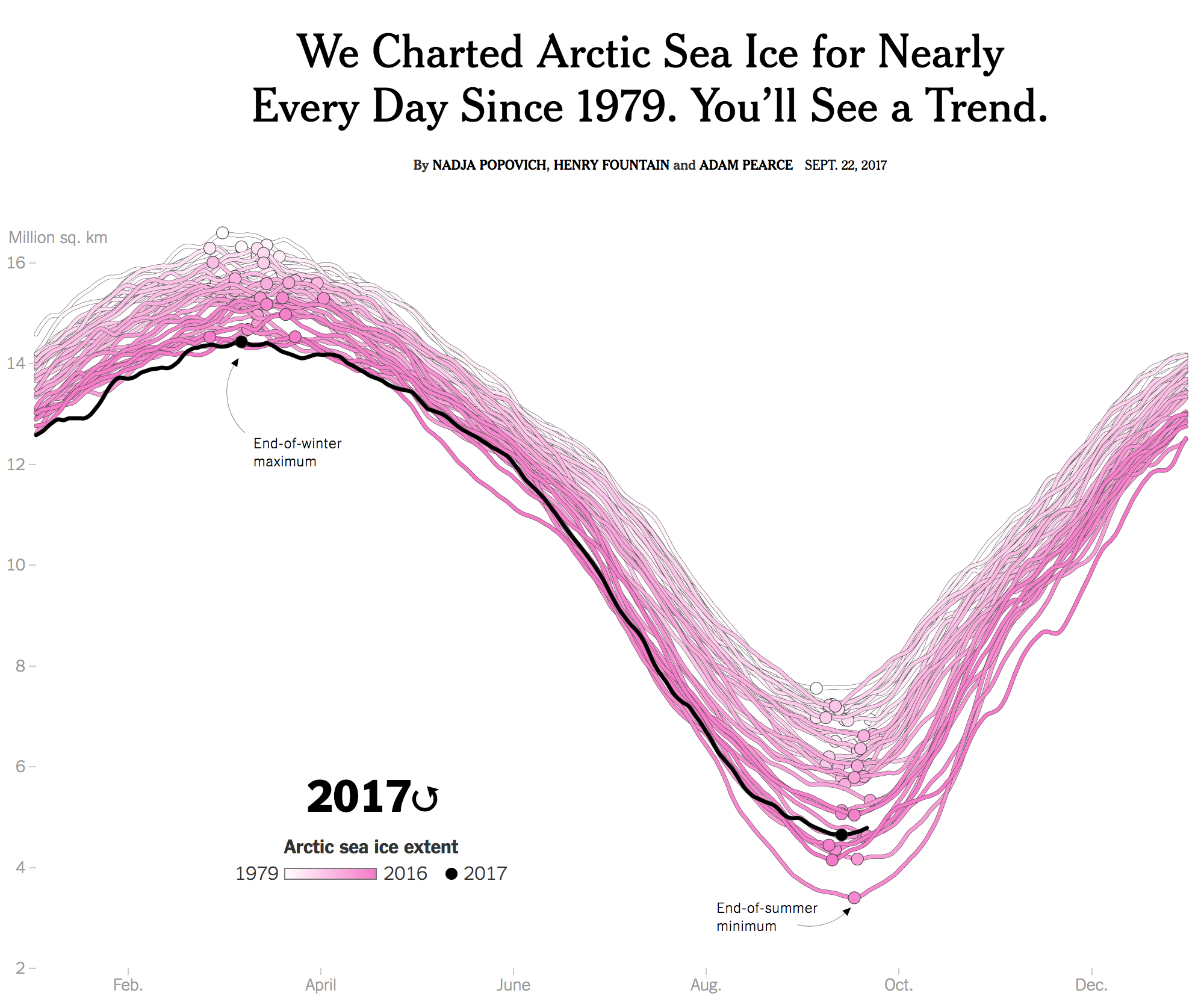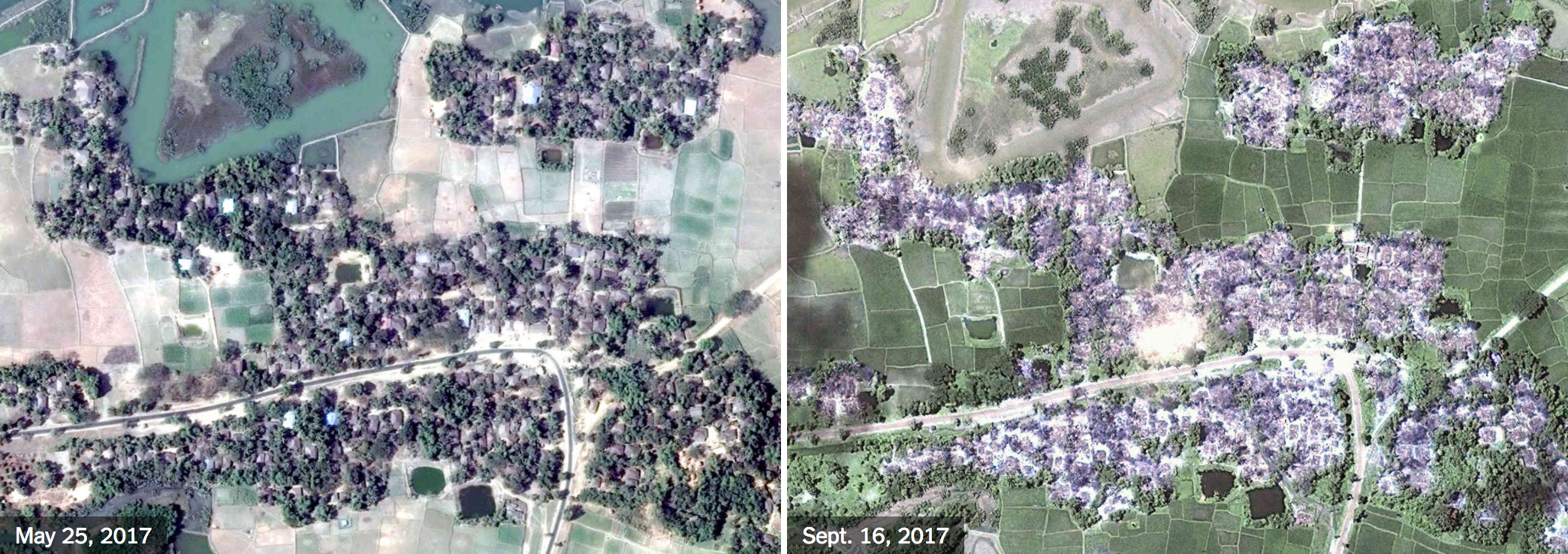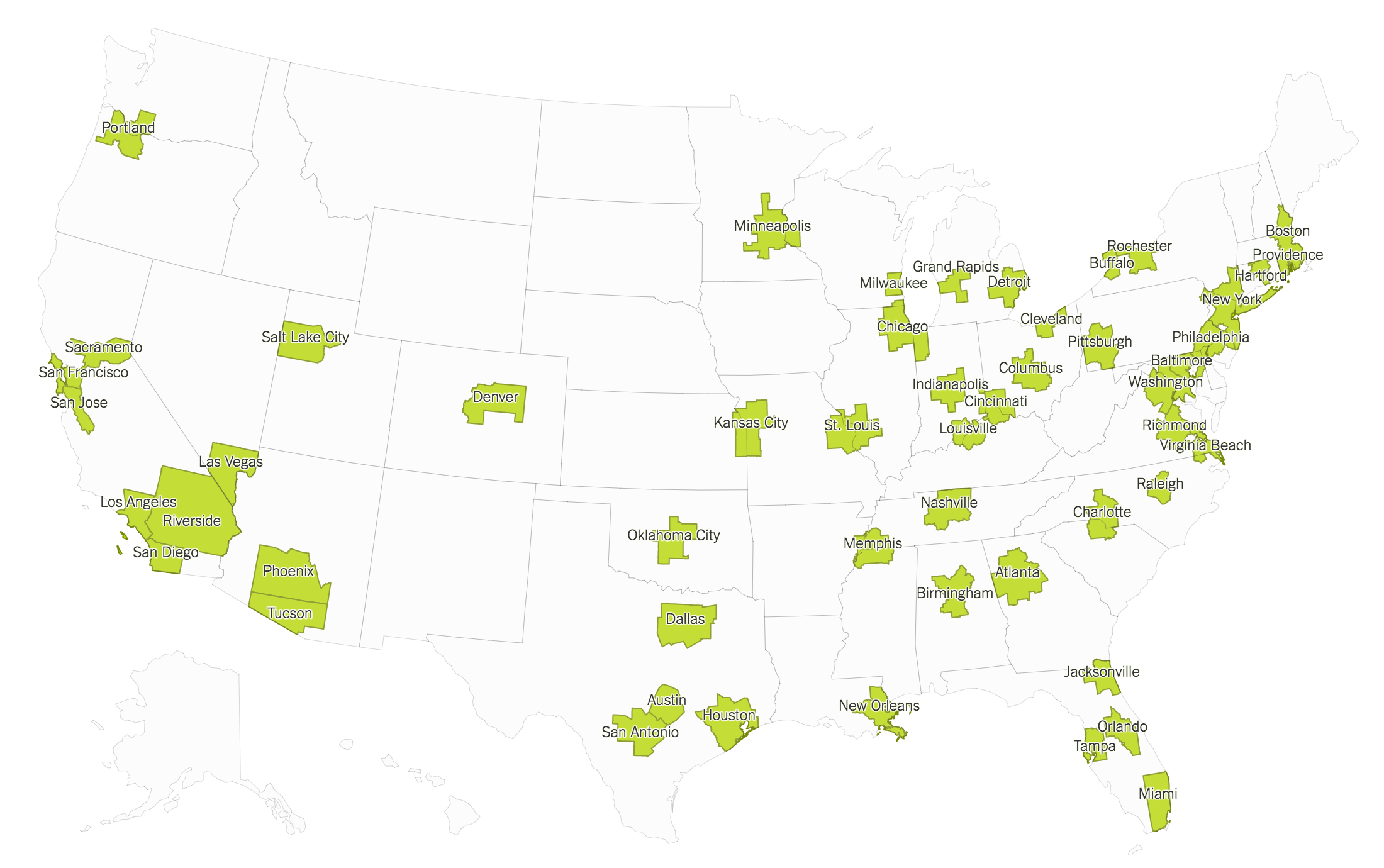This is a piece from a few years ago, but the New York Times cleverly brought it to the front of their Upshot page. And it seemed just so appropriate. Many of you are likely travelling today—I’m not, I’m headed to work—and many of you will be driving or taking the train. But some will be flying. But to and from where?
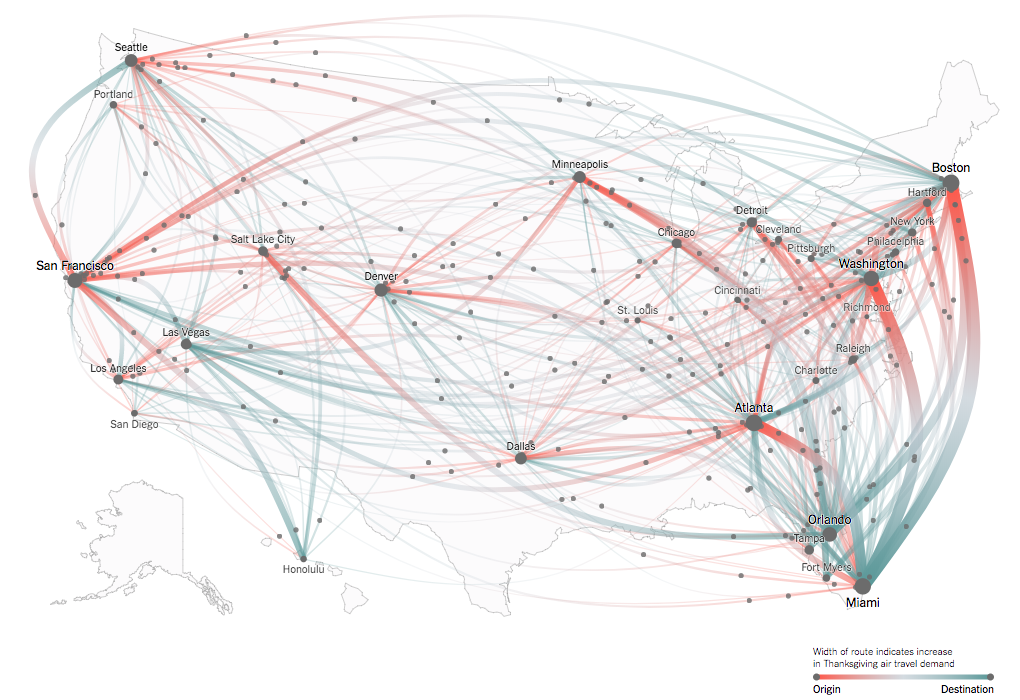
The map has some nice features that allow you to selectively few particular cities. Philadelphia has relatively few travellers by air, but that’s probably because places in the Northeast are more easily accessible by road or rail.
Chicago also has relatively few travellers, though more than Philadelphia. I would posit that is because most people are not flying to visit their relatives, but rather driving to places in Wisconsin, Iowa, and Indiana.
No post tomorrow, because I intend on sleeping in. But you can expect something on Friday.
Credit for the piece goes to Josh Katz and Quoctrung Bui.

